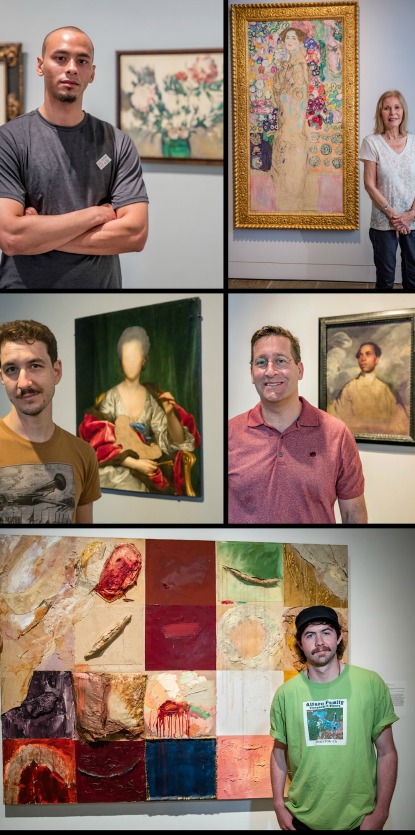 This Week: Have orchestra pops concerts lost the pops thread?… A decade of experimenting with pay-as-you-will theatre in Charleston… NBC confirms a shift in how audiences want to watch the Olympics… Are middle class norms stifling the arts?… What do regular museum goers think about the art?
This Week: Have orchestra pops concerts lost the pops thread?… A decade of experimenting with pay-as-you-will theatre in Charleston… NBC confirms a shift in how audiences want to watch the Olympics… Are middle class norms stifling the arts?… What do regular museum goers think about the art?
- New Thinking In “Popular” Classical Music: There was a time when pieces like the “1812 Overture” were mainstays of orchestra concerts designed to have wider appeal. That’s all changed: “What is disappearing, some say, are the light classics that once were staples of mainstream classical concerts that, around the middle of the last century, migrated to pops and which pops orchestras have now abandoned in favor of classic rock and the like.” But the new pop audiences might now be found in clubs. They’re “popping” up all over: “The scene: a crowded pub in the London district of Islington. Waitresses nudge through the crowd of about 100 people, carrying trays of hamburgers and cheesy fries, as patrons – East End hipsters, young professionals, students – saunter up to the bar to get more libations. Then one of the evening’s hosts asks for attention and introduces the live entertainment: a violinist, a violist and a cellist.” So what’s the attraction?
- Does Pay-What-You-Will Ticketing Build New Audiences Or Devalue Theatre? That’s the debate in Charleston, where Charleston Stage has experimented with the idea for a decade.But not everyone in Charleston is so keen on PWYW nights. Flowertown Players’ artistic director JC Conway thinks that PWYW “devalues the art.” “We in Charleston really value our restaurants. We consider ourselves one of the top foodie towns in the world. People don’t understand that we have the same amount of talent in theater,” he says.”It’s a double-edged sword. It could come back to bite us.”
- Rio Olympic TV Audience Way Down. Streaming Surges: No surprise really. But the mega-event confirms the shift in how the audience wants to watch. And it’s possible NBC made a miscalculation in delaying broadcast of some events. Why wait for the network when you can stream? “Nielsen data showed an 18% decline from the 31.1 million who watched the 2012 Games in London. But online streaming of live video on NBC’s apps reached 2.7 billion minutes, nearly double the amount for all previous Olympic Games.”
- Are Middle Class Norms Stifling The Arts? We forget that everything has a culture, and the informal rules that guide how audiences are supposed to behave in arts venues come from somewhere. Mark Cousins argues that these gentile middle class manners are now foreign to many people. “Forgive my generalisations and my bluntness, but there’s sometimes a deadness that comes when middle-class people run stuff. They get the content right, the ideas, the themes, the politics. But they haven’t a clue about how to embrace things.”
- What Do Regular People Think About Art In The Museum? The NY Times asked about 50 people looking at art in the Mt Museum’s new Breuer building. They got a variety of responses to the art. Looking at the same painting, a mother and daughter disagreed: “The curious thing to me is why are these unfinished. What better thing did Picasso or Cézanne feel they needed to go and do? Grab a coffee? Go kiss a girl?” The alternative view? “An artist is never finished so their art is never finished. When you finish it, you kill it. Leaving it unfinished, you keep it alive.”
Leave a Reply